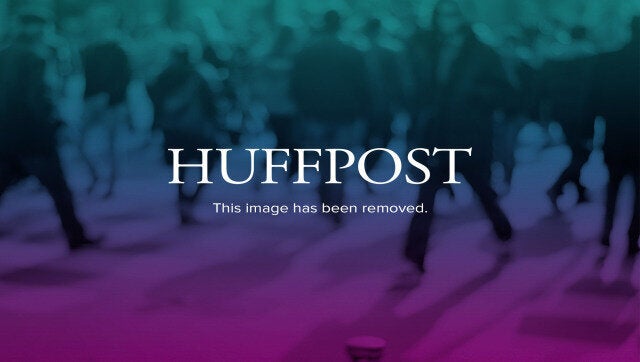
HTML5 games promised to change the world. Have they, and are the developers making money?
What's common to blockbuster titles Angry Birds and Bejeweled, Indie efforts Sinous and Sinkhole, and showcase projects Emberwind and Runfield (Firefox and Opera respectively)? The answer is a place on the Top20 HTML5 games list compiled by tech evangelist and HTML5 champion Rob Hawkes.
When HTML5 was announced with its killer combo of rich media experience and cross-platform open source code, native apps pretty much ruled mobile. For game developers playing coin toss between iOS and Android, the emergence in 2010 of HTML5 games was a big deal - Boostermedia's been keeping score of over 1000 mobile HTML5 games and counting.
The Halo of HTML5
Microsoft, itself a game developer and publisher, collaborated with "Cut the Ropes" developer ZeptoLab to launch a desktop HTML5 version for the IE9 launch. Further proof that gaming is where the maximum traction is can be seen on the Github wiki on HTML5 game frameworks - more than 40-odd are listed with LimeJS, CraftyJS, and ImpactJs being some of the popular ones.
Now, there is a new generation of hybrid apps - HTML5 apps in a native OS flavor - being touted by many as the future. Research firm Gartner forecasts 50% of all mobile apps will be such HTML5-native hybrids.
Money Troubles
But what about winning at the Monetization game? Have HTML5 games been able to crack the code that native apps have done?
Unfortunately, monetization has been the Achilles heel for HTML5 games. Unlike the native apps which have a well proven model and ecosystem of monetization through the app stores, HTML5 games, have struggled with a limited ecosystem. Not having a big daddy control you is an advantage, but open source also means no one is standing by with an open wallet.
White Knights
Luckily, a few have taken up the challenge. Aussie game developer Matt Bowden, who runs 2DPixel has literally written the (e) book on HTML5 monetization, aptly titled, Making Money with HTML5. Matt's website interestingly features monthly income reports that document his journey to the annual goal of $80,561 that he has set for himself (he was halfway there at the time of writing).
Ludei, an HTML5 game development platform provider that helps developers build and publish across platforms, recently launched its bestselling iBasket game (15 million downloads) across seven app stores without, it claims, changing a single line of code. Ludei's USP is built around providing developers not just with the technology platform but also the payments, advertising and analytics infrastructure that is key to monetization.
Then there is Payvia, an LA-based mobile payments specialist is attacking the monetization problem from another route. It recognizes that direct carrier billing for apps, especially games is a big chunk of the market - almost 30% of app store purchases happen this way, and estimates put the market at $11.1 billion by 2016. Erdolo Eromo, SVP of Business Development at Payvia has overseen a 400 percent growth in revenues and says "The Direct Carrier Billing model is becoming one of the most attractive options for HTML5 monetization and offers a viable alternative to individual vendors selling their apps online."
The Next Level
There are millions of native apps out there. Almost 80 percent of them have negligible revenues. Does that mean native apps can't monetize? By the same token it would be wrong to say that HTML5 is inherently difficult to monetize. As the ecosystem grows, people make better apps, and new models like hybrid apps emerge, HTML5 will continue to be a major player in the mobile game
